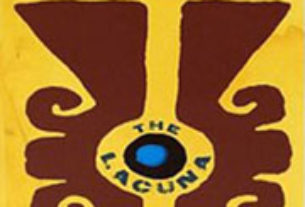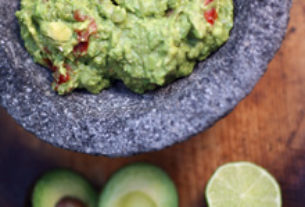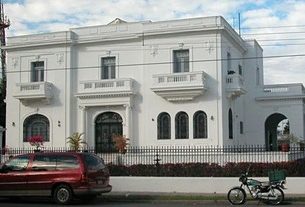Arts of Mexico
The following comparative time line provides an orientation to the roots, elements and development of the rich artistic heritage of Mexico.
The time line presentation allows for a sense of movement and awareness of events at equivalent times in the western and oriental worlds.
Time-Line Overview | |||
Arts in Mexico | |||
Mexico | Europe | East and USA | |
| 10,000 B.C. – The Pre-agricultural Period 2,000 B.C. | |||
| Carved sacral bone, oldest known sculpture on American continent | Lascaux cave paintings – Southwest France | Jericho – oldest known walled city | |
| Evidence of first pyramids (temple bases) in Mesoamerica | Cave paintings of Altamira, Spain | Invention of writing in Sumeria | |
| Cheops builds Great Pyramid | |||
| Roots of Hinduism in Persia | |||
2,000 B.C. – The Preclassic Period100 A.D. | |||
| Olmecs – first high civilization in Americas
| Minoan age – Crete (2500 B.C. – 1200 B.C.) | Stele of Hammurabi: seven-foot monolith (1792 B.C. – 1750 B.C.) | |
| Root of Mayan, Huasteca, Totonac cultures Influence on Zapotecs | Classical Greece (1200 B.C. – 323 B.C.) | Veda compiled from oral tradition (1500 B.C. – 600 B.C.) | |
| Peaked in 1200 B.C. | Etruscans settle in Italy (800 B.C.) | Soloman builds first temple (950 B.C.) | |
| Technical proficiency in pottery | Rome founded (753 B.C.) | Birth of Lao Tzu (600 B.C.) | |
| Monumental sculpture | Golden age of Greek sculpture – classical art (600 B.C. – 300 B.C.) | Birth of Buddha (563 B.C.)
| |
| Jade carvings unequalled except in China | Golden Age of Athens (480 B.C. – 460 B.C.) | Birth of Confucius (551 B.C.) | |
| Hieroglyphic writing Astronomy Concept of zero Positional numeration Complex social and political organization Concept of time and space | Parthenon in Athens (447 B.C. – 432 B.C.) | The Great Wall of China (221 B.C.)
| |
| Great refinement and complexity in art – a fusion of material and meaning not known in Europe | First clash between Greece and Rome (289 B.C.) | ||
| Independent development of Oaxaca: Zapotec domination Mixtec subculture | Punic Wars 264 B.C.) | ||
| City states governed by theocracies: (300 B.C.) Teotihuacan (Central High Plateau) Monte Alban (Oaxaca) Mayas (southwest) | Romans destroy Carthage (146 B.C.) | ||
100 B.C. – The Classical Period900 A. D. | |||
| Early Mayan empire (100 B.C. – 300) Art already distinctive and mature | Augustus becomes first Roman Emperor (27 B.C.) | Herod is made King of Judaea (44 B.C.) | |
| Teotihuacan at its height as a religious center for the Toltecs (master builders) in the High Central Plateau Abandoned in 700 | Christian religion legalized (314) | Birth of Jesus | |
| Central Vera Cruz peaks (300 – 900) Arrival of Totonacs brings new qualities to architecture and sculpture.
First depiction of smile Use of wheel in sculpture | Attila the Hun invades Europe (375) | Ku K’ai Chih One of the greatest Chinese painters of his time. Esteemed for linear mastery and coloristic subtlety (345 – 405) | |
| Zapotec culture flourishes in Monte Alban | Fall of the Roman Empire (476) | Coptic art – Produced by Egyptian Christians (400s – 700s) | |
| Decline of the Toltecs in the High Central Plateau (850) | Beginning of the Middle Ages (476) | Justinian builds Santa Sofia in Constantinople (537) | |
| Mayan Classical period (600 – 900)
Highest cultural development in America | Byzantine architecture and its use of colored mosaics (400s – 500s) | The Chinese invent porcelain (650 approx.) | |
Published or Updated on: April 13, 2003 by Rita Pomade © 2009



